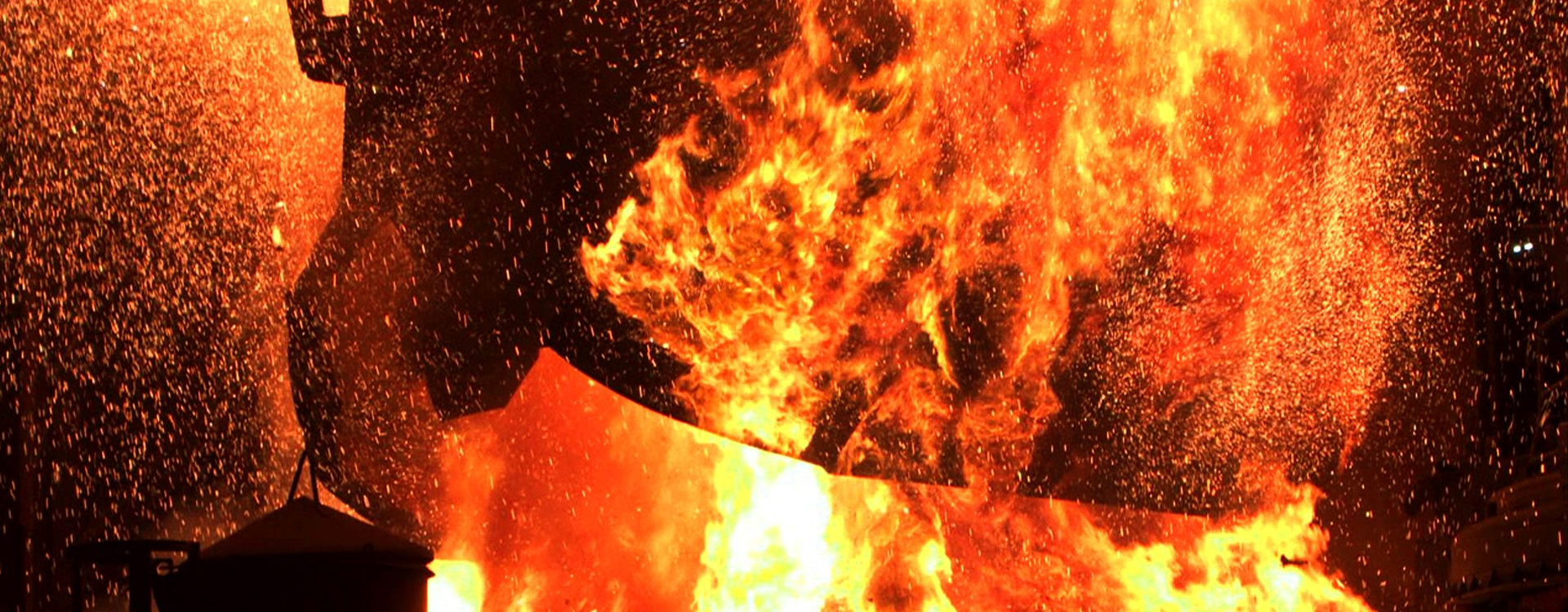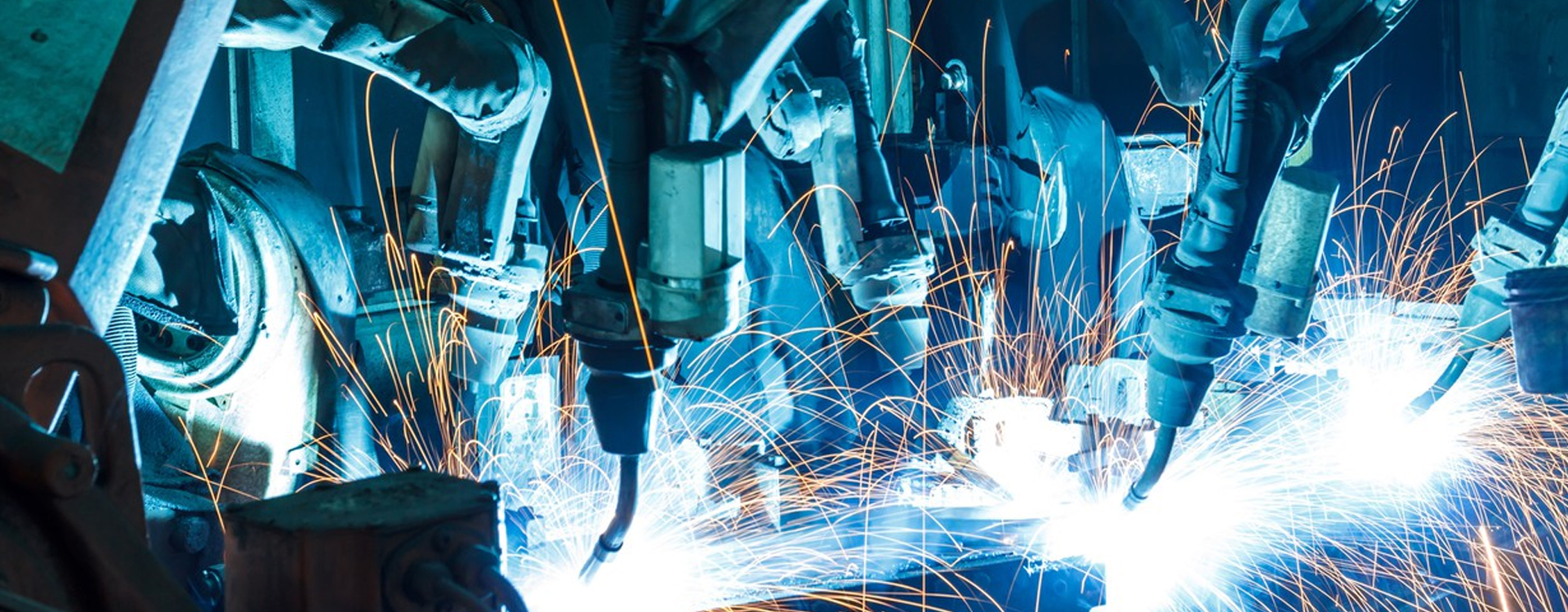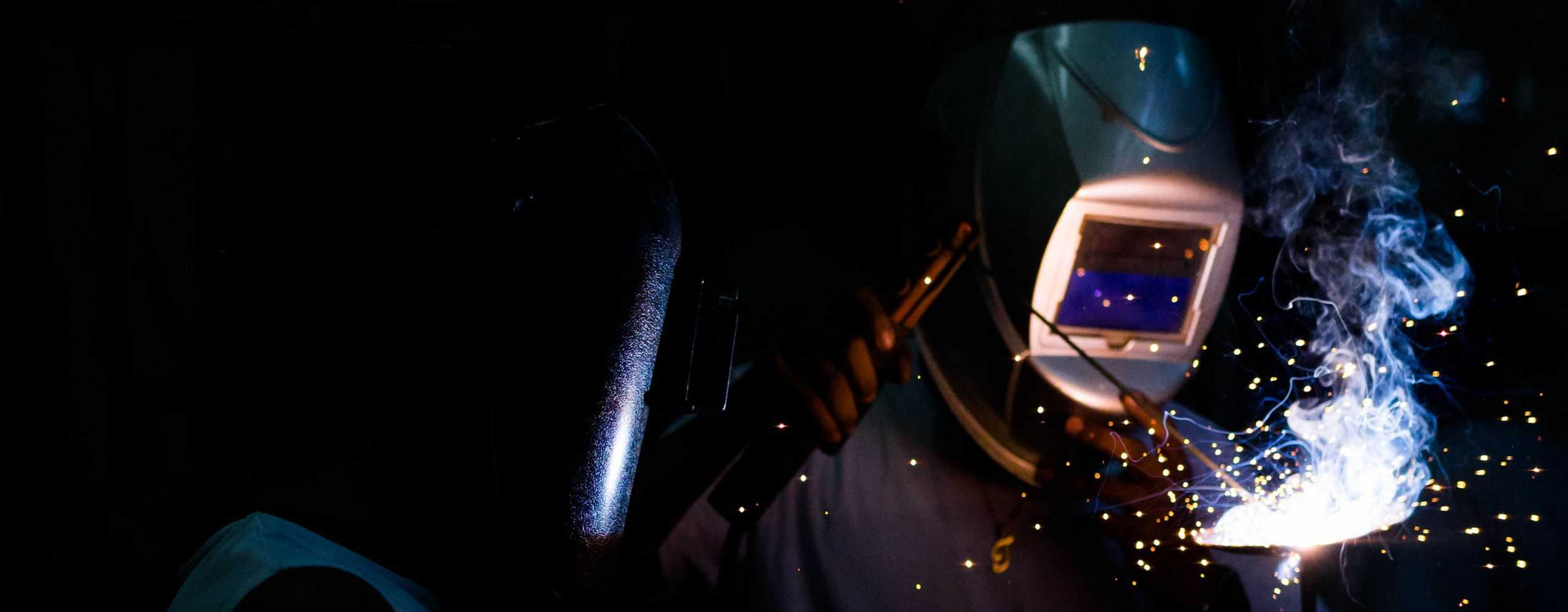Seminar Details
In view of the increasing demand for steel and the depletion of high-grade iron ores day by day, research works on low-grade and medium-grade iron ores for sponge iron industries have become the needs of today. In the present work, pellets were made from hematite iron ores of Ramallakota and Veldurthi mines, Andhra Pradesh, and Bolani mine of Odisha, India, by the addition of 1.5 to 4.5 wt. % of bentonite and molasses binders separately. Dried iron ore pellets were then fired at three different temperatures of 1173, 1373 and 1573K for 1, 2 and 3 h. The aims of this research work have been to determine the effects of firing temperature and time, type of iron ore and binder addition on the chemical, physical and mechanical properties of resultant dried and fired iron ore pellets. Chemical compositions and XRD patterns of selected iron ores revealed Ramallakota and Veldurthi to be low-grade hematite iron ores having 27 &ndash 46% Fe, 38 &ndash 66 % Fe2O3, 9 - 27% SiO2 and 13 - 23 % Al2O3, while Bolani iron ore was identified as high-grade hematite ore with 62.80 % Fe and total gangue of about 7 %. The Ramallakota iron ore fine was found to have a higher BET surface area than those of Veldurthi and Bolani iron ore fines. The drop number of dried pellets increased with an increase in their binder contents. All types of fired iron ore pellets exhibited an increase in their crushing strengths and a decrease in apparent porosity values with the rise of firing temperature and time due to an increase in the extent of sintering of particles, as revealed by SEM micrographs. Iron ore pellets produced by the addition of molasses demonstrated relatively lower crushing strengths and higher porosity values than bentonite-added pellets. Fired iron ore pellets prepared with Ramallakota iron ore exhibited highest crushing strengths and apparent porosity values. The crushing strengths of fired iron ore pellets were found to be linked to their alumina/silica ratio, while the apparent porosity values seem to be associated with alumina contents in ore. XRD patterns revealed no any phase changes in the investigated fired iron ore pellets.
The reduction behaviours of fired Ramallakota, Veldurthi and Bolani iron ore pellets were studied isothermally at temperatures of 1073, 1123, 1173 and 1223K for varying time periods in non-coking coal and the effects of different process variables were investigated. A rise in reduction temperature considerably improved the reduction rate, and this was found to be sharper up to about 45 &ndash 55 % reduction in the first 15 &ndash 45 min due to speedy emission of volatile matter from coal. Ramallakota-fired iron ore pellets exhibited relatively higher reduction rates than Veldurthi and Bolani-fired iron ore pellets reduced under identical conditions due to their higher porosity and gangue contents. Comparison of XRD patterns confirmed almost complete reduction in fired Ramallakota iron ore pellets at all the studied reduction temperatures in a much shorter period. An increase in firing time from 1 &ndash 3 h at 1573 K decreased the degree of reduction in resulting fired iron ore pellets due to development of denser structure in the pellet matrices which hinder the flow of reducing gases. Fired iron ore pellets made with molasses have exhibited slightly higher % of reduction values than those prepared under identical conditions by the addition of bentonite, and this is believed to be due to variation in their porosity values. Variations in binder content have no noticeable effect on the reduction of fired iron ore pellets. Fired iron ore pellets reduced in coal char have exhibited relatively lower reduction rates owing to relatively lower volatile matter content in coal char. XRD patterns revealed fayalite and hercynite formations in all the types of reduced iron ore pellets after the conversion of Fe2O3 to FeO. The intensities of these phases were relatively higher in the reduced pellets of Ramallakota iron ore. SEM images of reduced iron ore pellets revealed an increase in porous structure with rise of reduction temperature and formation of iron whiskers at reduction temperatures of 1173 and 1223 K in all the types of reduced iron ore pellets. The change in morphology and formation of compact iron layers in the reduced pellet matrices with an increase in reduction time at 1223 K was observed clearly in the SEM images. SEM images indicated relatively more growth of iron whiskers in reduced Bolani high-grade iron ore pellets. Kinetic model equation, 1-(1-f)1/3=kt was noticed to fit well for the experimental results and computed apparent activation energy values were found to be in the range 14 &ndash 21 kJmol-1, indicating overall reduction rate to be controlled by both the chemical reaction and gaseous diffusion processes. Fired iron ore pellets reduced in coal char under identical conditions exhibited relatively higher activation energy values owing to their slower reduction rates.



